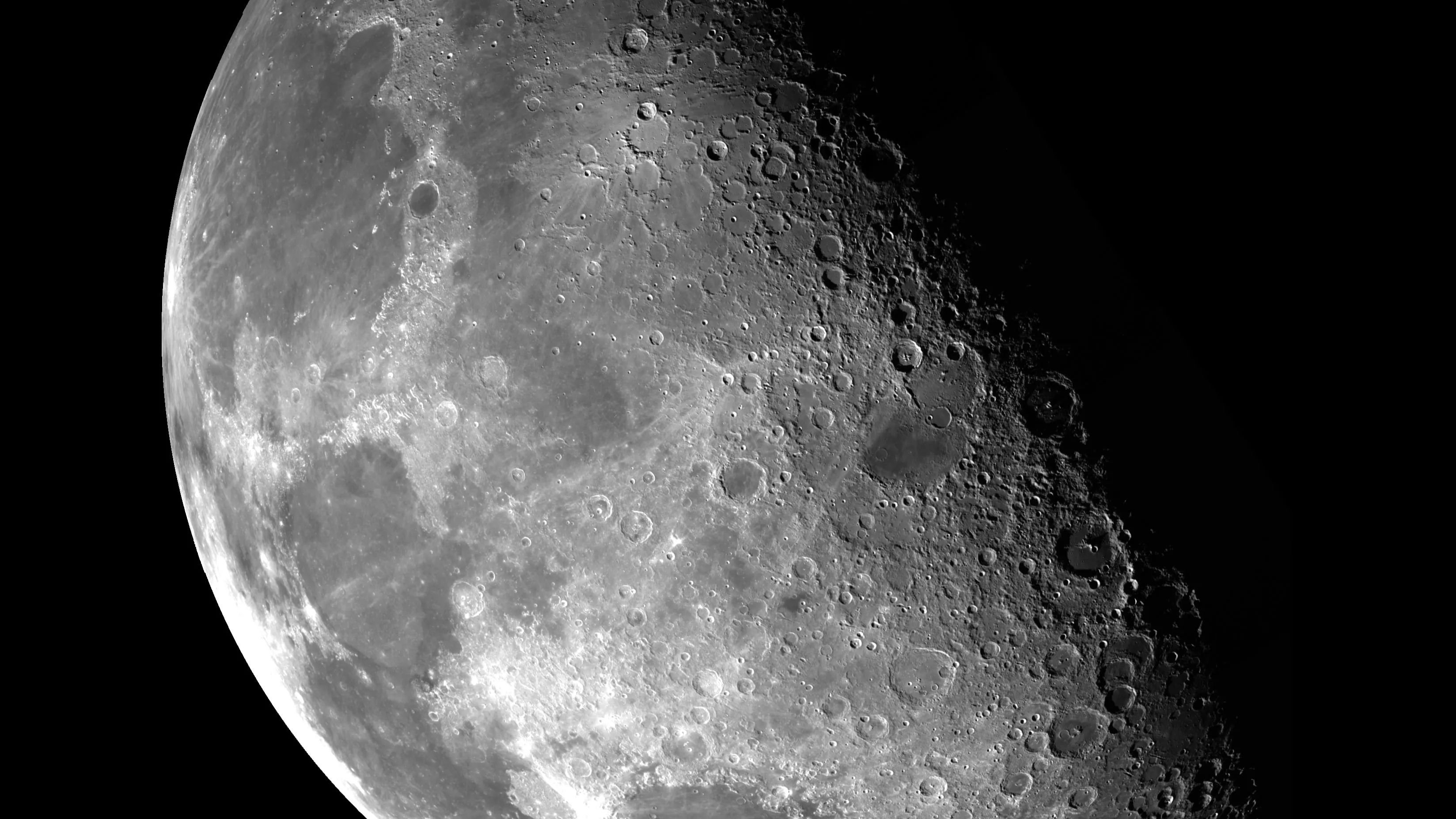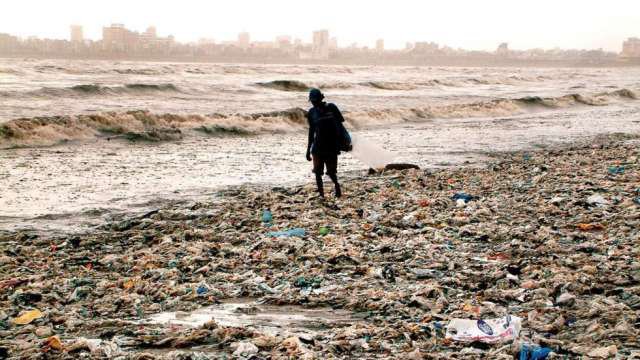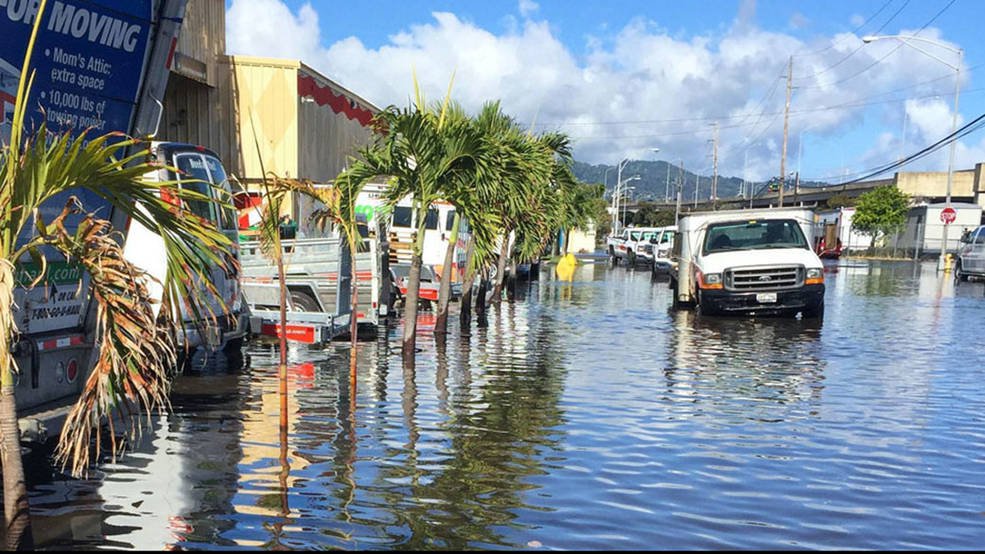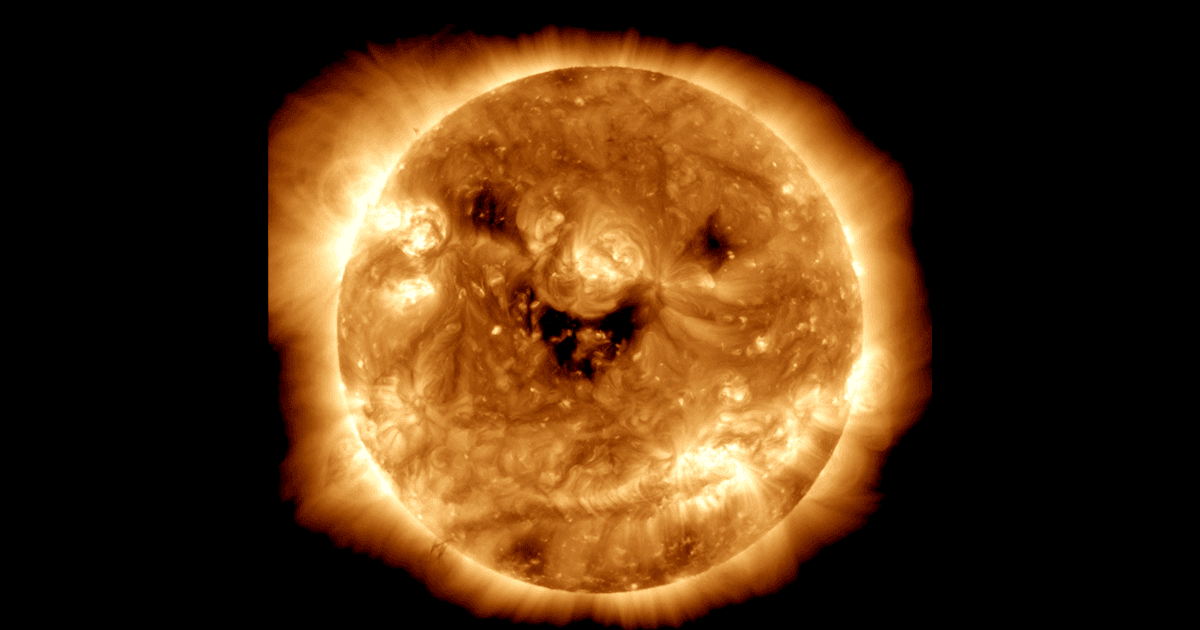Amidst the climate change around the world, this time Nasa predicts moon wobble. According to a new discovery by the National Aeronautics and Space Administration (Nasa), a moon wobble is found in the moon’s orbit combining it with rising sea levels will lead to devastating floods in the 2030s.
These kinds of floods are called nuisance floods or sunny day floods. The National Oceanic and Atmospheric Administration (NOAA) reported a total of more than 600 such floods in 2019.

This wobble may cause a rise in sea levels, especially in United States in the mid-2030s, and it is linked with the earth’s neighbor, the moon reported the National Aeronautics and Space Administration (NASA). The conclusion was published in the journal Nature Climate Change on June 21.
Studies also state, the main cause was a regular wobble seen in the moon’s orbit, which was first recorded in 1728.
What makes it more dangerous is how one of the wobble’s effects on the moon’s gravitational pull, the main cause of earth’s tides will combine with rising sea levels, resulting from the planet’s warming. It is crucial to have a plan to protect the livelihoods and businesses of people.
The space agencies have also predicted the coastal cities may experience rapidly increasing high tide floods and they would occur in clusters lasting a month or longer. By 2030, seven to fifteen days of such flooding are expected in the US. As of now, we do not have any data about such floods in India.

According to the author Phil Thompson, an assistant professor at the University of Hawaii, the wobble in the moon’s orbit takes 18.6 years to complete the cycle. During the cycle, the earth’s regular tides are suppressed: high tides are lower than normal and low tides higher than normal.
In the other half, the effect is reversed, which is called the tide-amplifying phase of the moon. And the next cycle is expected in 2030, which will have adverse effects on coastal life.
Nasa administrator Bill Nelson said, “Low-lying areas near sea level are increasingly at risk and suffering due to the increased flooding, and it will only get worse.”

Ben Hamlington, leader of Nasa’s Sea Level Change Team, said urban planners should prepare for the increase in high tide floods as well as extreme weather events.

















